Breakout board for ATtiny1634 w/6-pin serial header, Arduino compatible
Designed by Azduino by Spence Konde in United States of AmericaThis seller is taking a break. Sign up below to get an email when they're back!
No shipping info available.
Set destination country to see options
Shipping to starts at
Free shipping is available to !
Ships from
This item does not ship to .
More Info
Sign up and we'll send a reminder when the seller returns!
Assembled Version here This is a simple development board for the Atmel ATtiny1634. It provides the familiar 6-pin FTDI header for connecting to serial and ISP header for programming via ISP, and it …
Read More…This is a simple development board for the Atmel ATtiny1634. It provides the familiar 6-pin FTDI header for connecting to serial and ISP header for programming via ISP, and it has the capacitor for auto reset. A jumper is provided to enable or disable auto reset. Pads are also provided for external power in to supply an SOT-223 regulator (allowing higher current than many uC development boards, including the Arduino/Nano/Pro Mini), and a crystal, if desired. It can be used with breadboard, by mounting the pins pointing down, or as a standalone board for use with female dupont jumpers, with the pins pointing up. For ease of connection w/out breadboard, four Vcc and Gnd pins are provided, instead of just one.
Using the core available from my Github at https://github.com/SpenceKonde/ATTinyCore the ATtiny1634 can be used with the Arduino IDE, with optiboot bootloader support.
This board is sold UNPOPULATED (It's just a SOIC-24W - this is an excellent chance to practice your drag soldering :) )
As of December 15, we are proud to announce a new and improved version of this popular board, with a few exciting features:
The Atmel ATtiny1634 microcontroller is an exciting and economical processor from Atmel's ATtiny line of 8-bit AVR microcontrollers. Although it doesn't have a third timer like the tiny841 does, the combination of large flash and SRAM memory, dual uarts, and 17 GPIO pins makes it a compelling package, filling a space between the smaller Tiny's, and the ever popular '328p. The second uart makes this chip particularly well suited for use with GPS, GSM, and serial WiFi adapters (like the ESP8266) without interfering with serial programming.

All of these parts (except the microcontroller itself) are common parts. Most SMD passives are 1206 to facilitate hand soldering.
No country selected, please select your country to see shipping options.
No rates are available for shipping to .
Enter your email address if you'd like to be notified when ATTiny1634 breakout w/serial header (bare board) can be shipped to you:
Thanks! We'll let you know when the seller adds shipping rates for your country.
| Shipping Rate | Tracked | Ships From | First Item | Additional Items |
|---|---|---|---|---|
|
:
|
International orders have been suffering long delays due to COVID-19 - please check your country at https://about.usps.com/newsroom/service-alerts/international/ and make sure that I can ship to you, and that you are okay with any delays. There may be additional information available from your national postal service. Some customers have reported packages being delayed in transit by over a month. We cannot offer any sort of guarantees regarding international shipments at this time; we apologize for the inconvenience, and are looking into shipping internationally through UPS.
Please be sure that the address given to Tindie is accurate, and includes your street name and number - company name is only required if shipping to a commercial address. International orders require a valid phone number.
Domestic packages that go more than 1 week without a tracking update will be presumed lost in the mail and refunded or reshipped as buyer prefers. Any international packages can be delayed in customs without warning for 2 weeks or more. After 1 month without a tracking event (2 months to South and Central America - insane delays in those nations are commonplace), we will reship or refund a missing order (as you prefer). COVID-19 update: Some countries have stopped processing incoming international mail entirely -we will cancel orders to countries which we know are not processing international mail at all. This may also cause longer than usual shipping times - we are not responsible for such delays.
We do not open inquiries through the postal service - experience has shown this to be futile.
We ship all orders via USPS. UPS will be added as an option in the near future, I hope. We do all shipping through Stamps.com, and they offer me UPS, but all addresses are rejected as invalid, and I have emailed support numerous times and have had zero response. So at present, we cannot entertain requests to ship through other carriers.
| Quantity | Price |
|---|---|
| 1-5 | $2.25 |
| 6-29 | $1.75 |
| 30+ | $1.50 |
Product: (5.00)
Documentation: (4.50)
Shipping: (4.50)
Communication: (3.00)
Mike | Feb. 1, 2017
Josh | June 9, 2015
No shipping info available.
Set destination country to see options
Shipping to starts at
Free shipping is available to !
Ships from
This item does not ship to .
More Info
Sign up and we'll send a reminder when the seller returns!
somerville, MA, United States of America
Ships from United States of America.
120 Reviews | 2,333 Orders
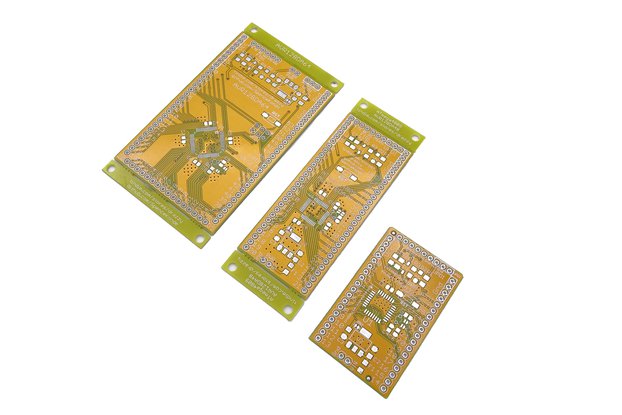
$3.95
Free Shipping!
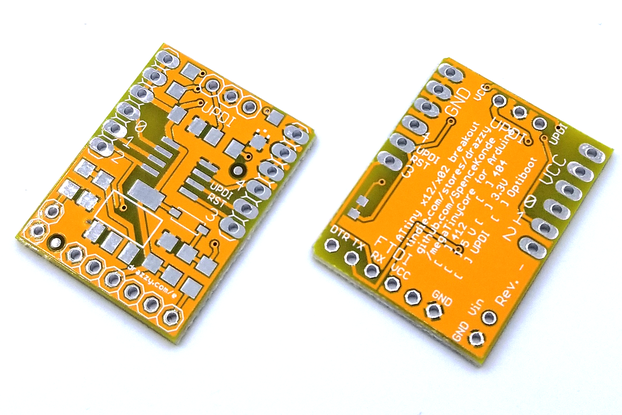
$1.70
Free Shipping!
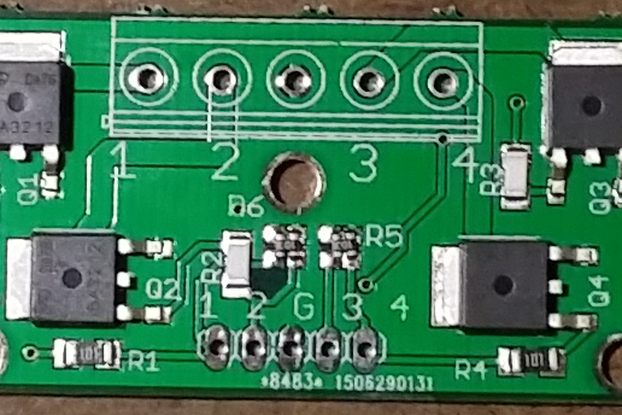
$13.00
Free Shipping!
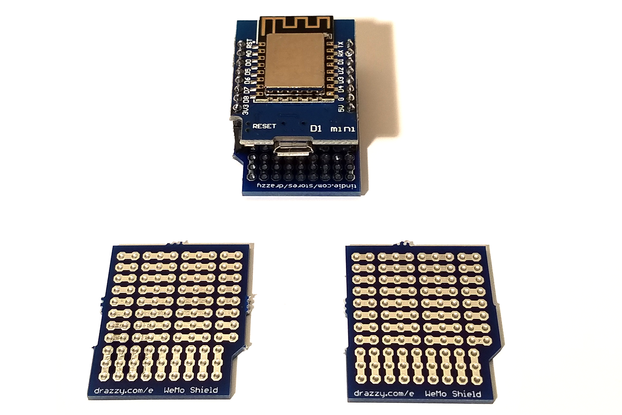
$5.00
Free Shipping!
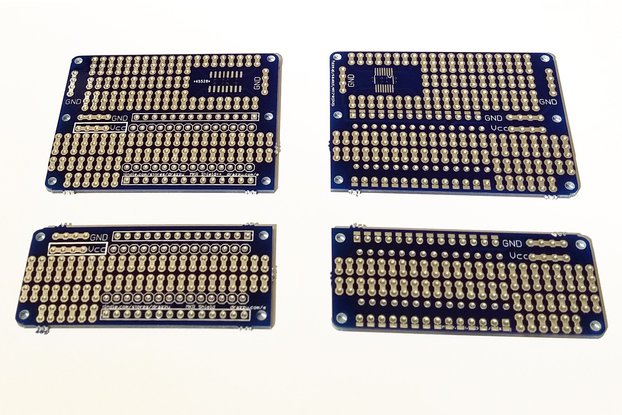
$5.50
Free Shipping!
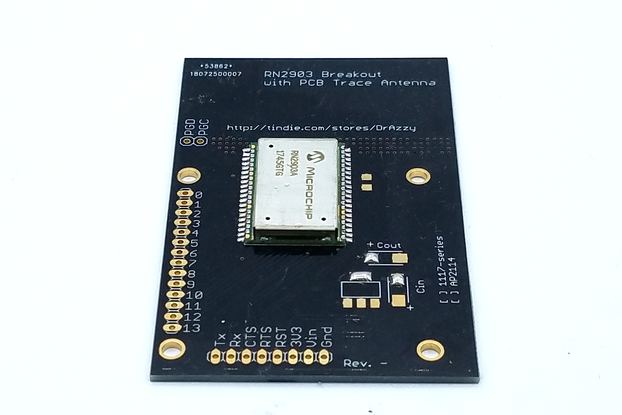
$37.00
Free Shipping!
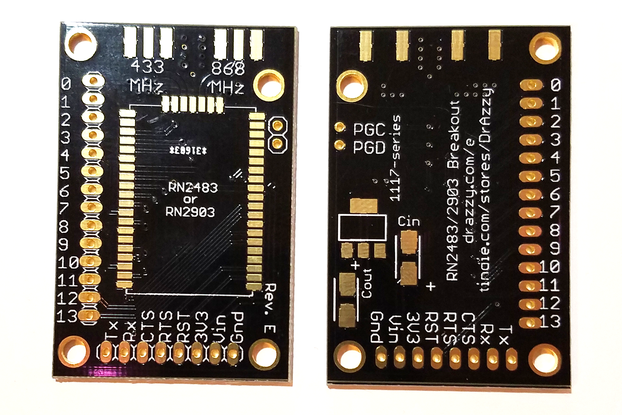
$3.00
Free Shipping!
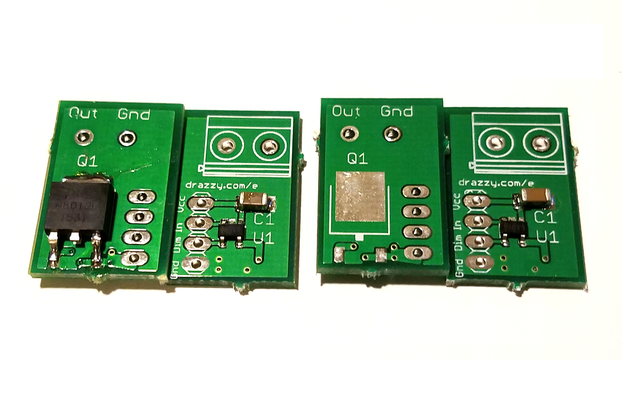
$8.00
Free Shipping!
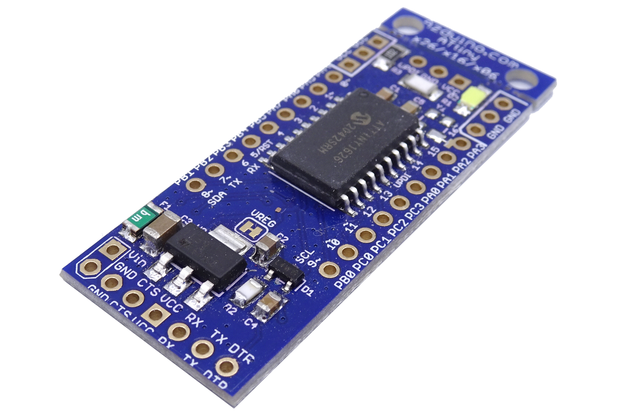
$13.00
Free Shipping!
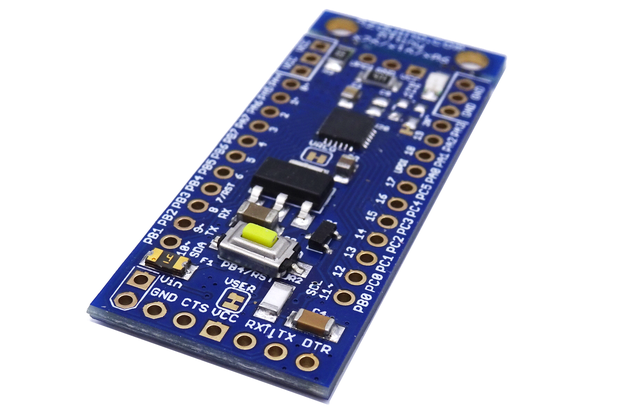
$12.50
Free Shipping!
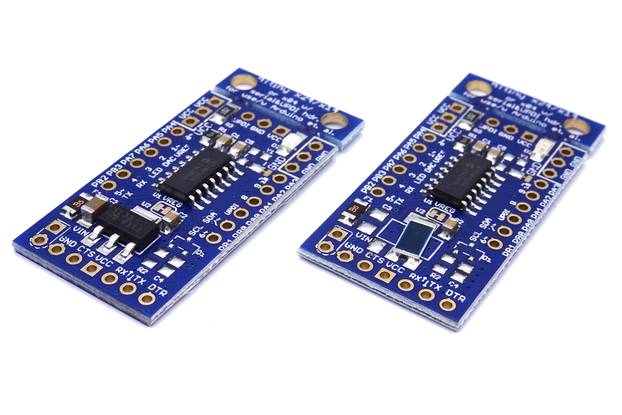
$9.95
Free Shipping!
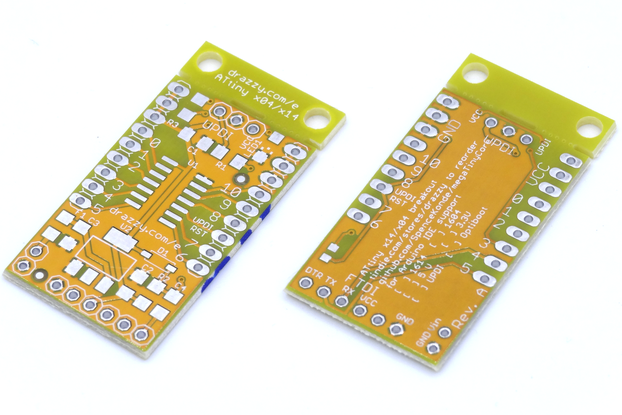
$2.00
Free Shipping!
By clicking Register, you confirm that you accept our Terms & Conditions
We recognize our top users by making them a Tindarian. Tindarians have access to secret & unreleased features.
We look for the most active & best members of the Tindie community, and invite them to join. There isn't a selection process or form to fill out. The only way to become a Tindarian is by being a nice & active member of the Tindie community!
